

A brochure named Xiamen Hand-drawn Map has selected 50 ancient classic buildings in Xiamen, Fujian province, after one-year's investigation from its compliers. They are large and have exquisite designs, and are mainly old private residences with a history going back over 60 years. Xiamen’s traditional architecture is always located in the old urban areas and far away from the modern and busy streets. Some of them lack of repairs but still retain their historical and cultural charms. The best way to get into the Xiamen memories is to walk down the old streets and lanes.
Zhonghua West Area
Former residence of Hong Huairen at No 1, Xiaozouma Road
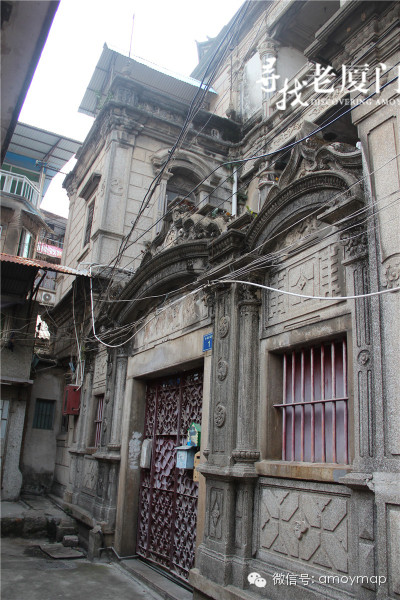
The three-floor building was completed in 1926. Chinese aphorisms are interspersed in the western-style carved walls and pillars. Hong Huairen, the owner, was born in Xiamen and made his fortune in the Philippines by selling Xiamen’s soybean sauce.
Jiangxiatang Building at No 2, Qianluhuicheng Lane
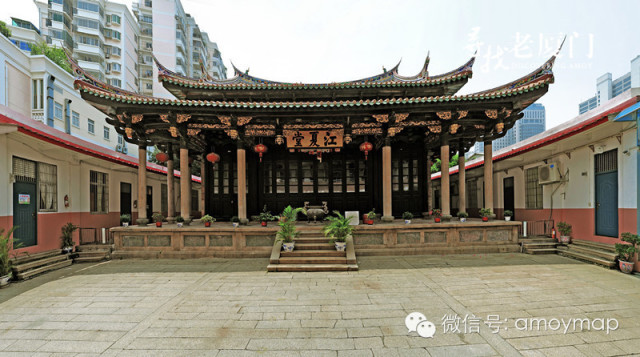
This is an ancestral hall for the Huang clan, which was initiated by Huang Peisong, the national martial arts champion in the third year of Xuantong’s reign in the Qing Dynasty (1911), and completed in 1918. The whole building covers an area of some 10,000 square meters and consists of an ancestral hall, a clan celebrity hall, a worship hall, a private school and a garden. Only a major ancestral hall in a tetragonal stone stylobate remains.
The ancestral hall has stacked gable-and-hip roofs, and pillars circle the corridors. The hall possesses many wooden carved items, which are delicate and decorated with colored drawings, mainly in a golden color. The typical building, which reflects local and contemporary flavors, is included in the fifth batch of Xiamen’s Cultural Relic Protection Sites.
Baoshengtang Building at No 71, Anding Road
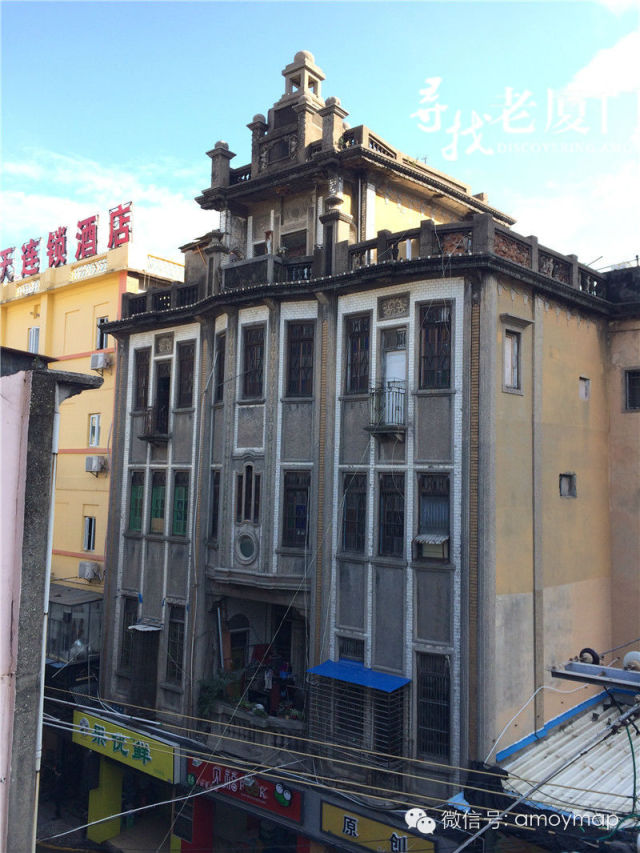
The western style building has four floors. It faces north and covers 246 square meters. The building was completed in 1929 and belonged to Huang Zaiwei, a Taiwan gynecologist. Huang set the building as his clinic and residence.
The building was used as an important base to help patients and medical workers in the beginning of the War of Resistance against Japanese Aggression, which took place from 1937 to 1945. It is a municipal protection historical site.
Former residence of Weng Junming at No 25, Dazijiu Lane
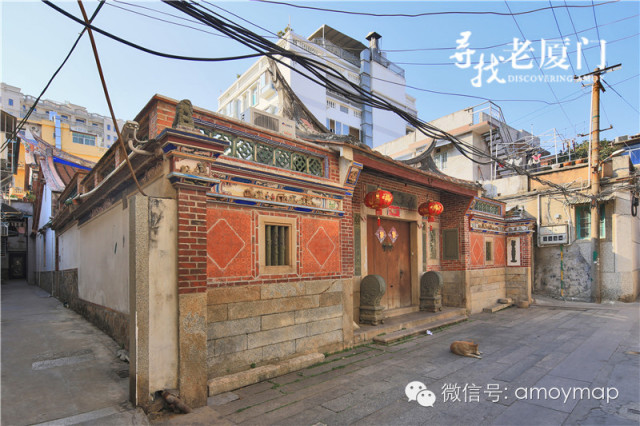
It is a typical folk house in southern Fujian, which has been repaired and renamed as “Lanqingucuo” (graceful ancient house). The original owner, Weng Junming, was a dignitary of the Kuomintang (KMT) Party. It is one of the well-preserved buildings in typical southern Fujian style in Xiamen.
No 24, Tongfengdi Lane
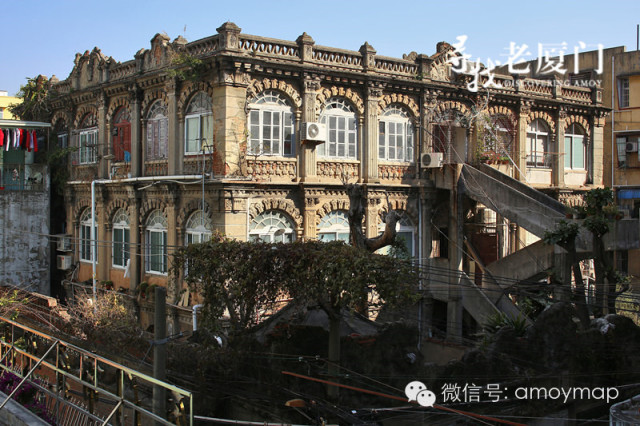
The three-story building was constructed during the Republic of China (1912-1949). It blends western shapes with Chinese elements, and shows off its grandeur with stone engraving doors and high pinnacles. The building is decorated with iron artwork and carved patterns. There are two Chinese style gardens with pavilions, artificial hills and ponds.
No 49, Jinxinhe Lane
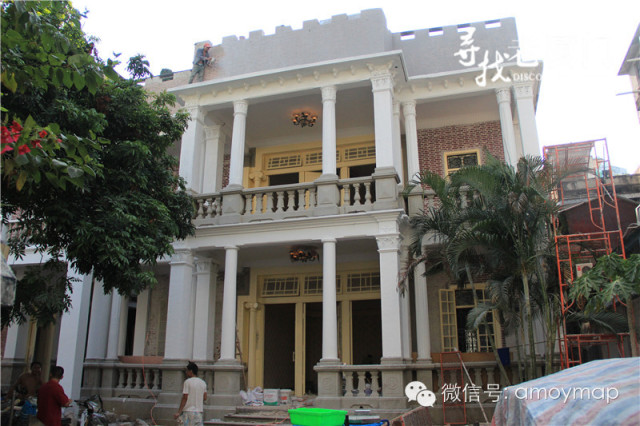
The functions of the house varied as time went on. It was the residence of a Chinese imperial doctor, a medicine shop, a nursery school and then an old people’s home. Now it is under reconstruction to reopen as an art studio and a hostel.